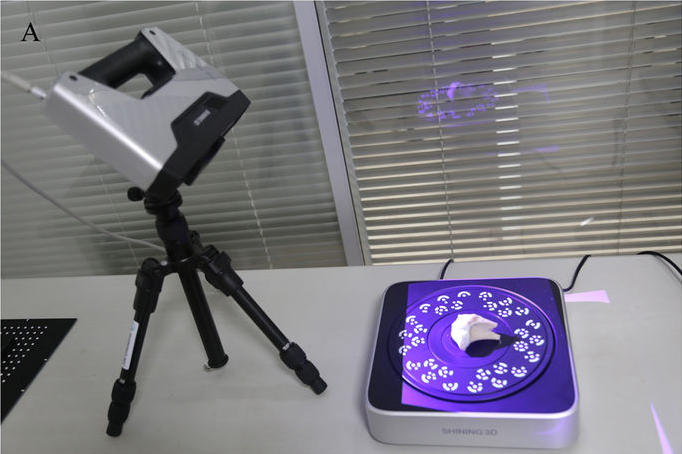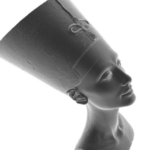

3D printing is changing the medical industry in multiple ways, saving lives and reducing pain and complications. Broken or diseased bones are way up there on the list of conditions that can cause a great deal of pain and complications, but they’re also way up there on the list of conditions that are being helped immensely with 3D printing technology. Multiple organizations are working on the development of 3D printed bone that can effectively repair bone defects and damage. If a patient has a piece of bone missing due to an accident or illness, a CT or MRI scan can be taken to get the exact size and shape of the defect, and then a piece of new bone can be 3D printed in that size and shape and implanted through surgery.
It’s still a complex process, but a new study simplifies it, using 3D scanning to create 3D models of damaged bones and then 3D printing new bone or cartilage directly into the defects. A group of researchers from China used the technology to repair three common types of defects: a cube-shaped bone defect, a randomly shaped cartilage defect, and a cylinder-shaped osteochondral defect. Specifically, the three defects being treated were:
- Large segmental defect of long bone, in which a significant piece of bone is missing from a long bone such as the shinbone
- Free-form fracture of femoral condyle, in which the joint at the end of the femur is broken
- International Cartilage Repair Society grade IV chondral lesion, which is, to put it simply, cartilage damage
Bones with each of the defects, as well as healthy bones, were obtained from animals and 3D scanned using an EinScan-Pro handheld 3D scanner from Shining 3D. The 3D scans were then turned into 3D models using Materialise Magics software, and the models were used to create additional models of pieces that would fit the defects in each bone. The researchers then used a modified Bio-Architect 3D bioprinter from Regenovo to 3D print the repairs directly into the defects. An alginate hydrogel bioink was developed to repair the bone defects, and a modified sodium hyaluronic acid was created to repair the cartilage defect.

Australian surgeons have done something similar by using a 3D bioprinting pen to draw new cartilage directly into the body, but rather than using a pen, the Chinese researchers simply placed the bones on the build platform of the Bio-Architect 3D printer so that the defects were parallel to the build platform, and allowed the 3D printer to print directly into them. The results were remarkably accurate: once the printing was done, the bones were 3D scanned again, as were their healthy, undamaged counterparts. The results of the scans showed that the contours of the repaired bones closely matched those of the undamaged bones.
Of course, such a procedure would be a bit more difficult to perform on an actual person, but the point of the study was to show that 3D scanning and 3D printing are effective ways to replace missing or damaged bone and cartilage tissue. As the researchers point out, current treatments for such defects are expensive, complicated, and often less than fully effective, but 3D scanning and 3D printing were able to fully restore the damaged tissue.
The research was documented in a study entitled “In situ repair of bone and cartilage defects using 3D scanning and 3D printing,” which you can access here. Authors include Lan Li, Fei Yu, Jianping Shi, Sheng Shen, Huajian Teng, Jiquan Yang, Xingsong Wang, and Qing Jiang. Discuss in the 3D Printed Bone forum at 3DPB.com.
[Images: Scientific Reports]
If you're looking to get architectural 3D animation in the USA, our service provides an exceptional way to bring your architectural concepts to life through dynamic, immersive visuals. Through our platform, you can easily request high-quality 3D animations that showcase your designs in motion, offering a detailed view of your project from multiple angles and perspectives. Whether it's for a real estate development, a commercial building, or an urban planning project, our expert team ensures that every detail is captured in a visually compelling animation.
Through our website, you can seamlessly get architectural 3D animation tailored to your project’s specific needs. With our help, you can offer potential clients or investors an engaging experience that goes beyond static images. By integrating CGI animations with real-world settings, lighting, and textures, our team creates a lifelike experience that allows your audience to interact with your project as though it were already built. This service is perfect for presenting complex designs in a clear, visually attractive way that stands out in the competitive architectural market.




